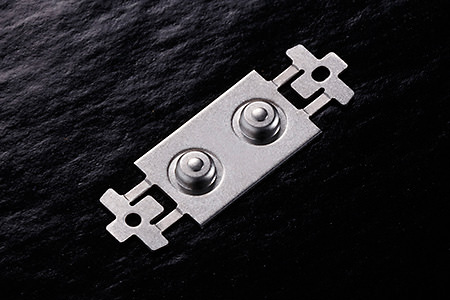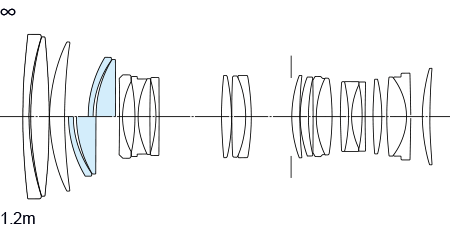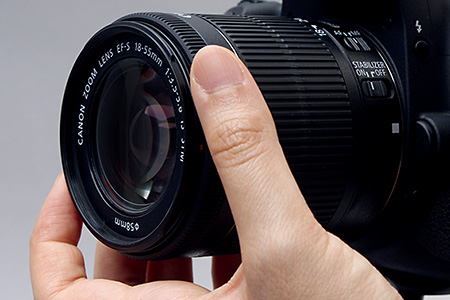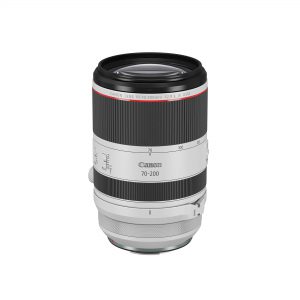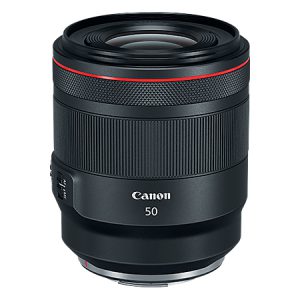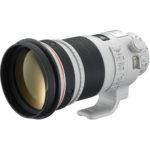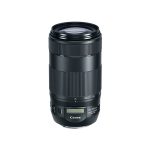Overview
This is the longest telephoto lens among Canon’s lineup, and a terrific choice for any long-distance application-outdoor sports, wildlife, news photojournalism, and so on. It’s actually lighter than Canon’s EF 600mm f/4L IS lens, weighing just under 10 lbs. It uses a refined optical design, with two fluorite lens elements, one UD element, and one Super-UD-glass element, for outstanding correction of color fringing and superb contrast and sharpness. This super-telephoto lens uses magnesium-alloy barrel construction to enhance its light weight, and has weather-resistant gaskets throughout for use in harsh conditions. It’s compatible with both the EF 1.4x II and 2x II tele extenders for even more reach: EOS cameras with 45 AF points will continue to provide autofocus at the center AF point when the lens is used with the 1.4x extender. Finally, it’s image stabilized, providing up to 4 stops of correction for camera shake. This makes it even more practical in many situations.
L-series quality
The L-series is Canon’s flagship professional lens range, representing the best in precision-designed EF optics. L-series lenses combine superior performance with superlative handling, and are highly resistant to dust and moisture.
Four-Stop Image Stabilizer
Image Stabilizer (IS) technology allows the use of shutter speeds up to four times slower than normal, with no perceptible increase in image blur. Automatic panning detection turns off IS in either the horizontal or vertical direction when following moving subjects.
Aspherical, Fluorite, UD and Super-UD elements
For optimum visual performance, the lens incorporates four types of special optical elements: aspherical elements to correct spherical aberrations, and Fluorite, UD (ultra-low dispersion) and Super UD elements to eliminate secondary chromatic aberrations. The result is crisp, high-contrast and undistorted image quality, all the way to the edge of the frame.
Magnesium alloy build
At just 4.5kg, the EF 800mm f/5.6L IS USM is a relatively lightweight super-telephoto lens, suitable for limited hand-held shooting. Its magnesium alloy build keeps its weight comparable to shorter telephoto lenses.
Ultrasonic focusing
A ring-type ultrasonic motor drives autofocus extremely quickly, and in near silence. Excellent holding torque ensures the point of focus is reached accurately, without overshooting. Furthermore, full-time manual override is available, making it possible to adjust focus without leaving AF mode.
Super Spectra coating
Super Spectra coatings ensure accurate colour balance and enhance contrast. They also reduce flare and ghosting – a common problem caused by light bouncing off a camera’s sensor.
Smooth background blur
A virtually circular aperture diaphragm gives out of focus regions a softer, more uniform feel. Sharp foreground objects stand out against a smooth blurred background.




















